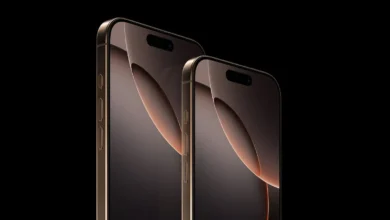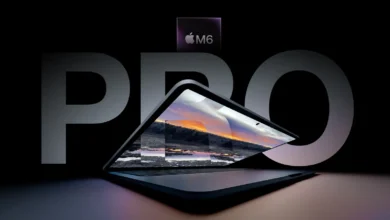Apple’s Foldable Revolution: iPhones and iPads Explained
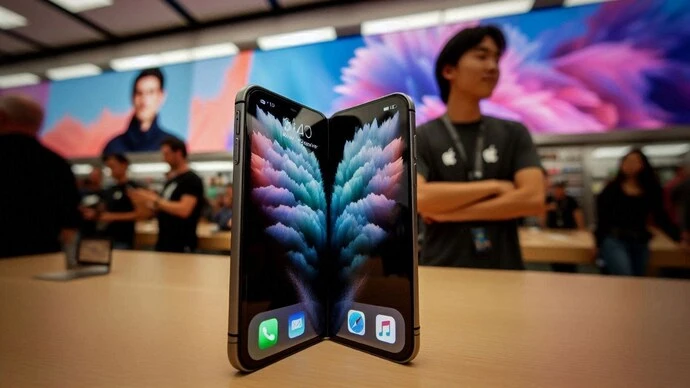
Apple has always had a knack for creating products that redefine how we interact with technology, and it looks like they’re gearing up to do it again. The latest buzz in the tech world is all about foldable devices—specifically, foldable iPhones and iPads. While companies like Samsung and Huawei have already entered the foldable market, Apple’s rumored take on these gadgets could set a new standard.
Let’s take a closer look at what these foldable devices might offer and why they’re creating such a buzz.
A Closer Look at the Foldable iPhone
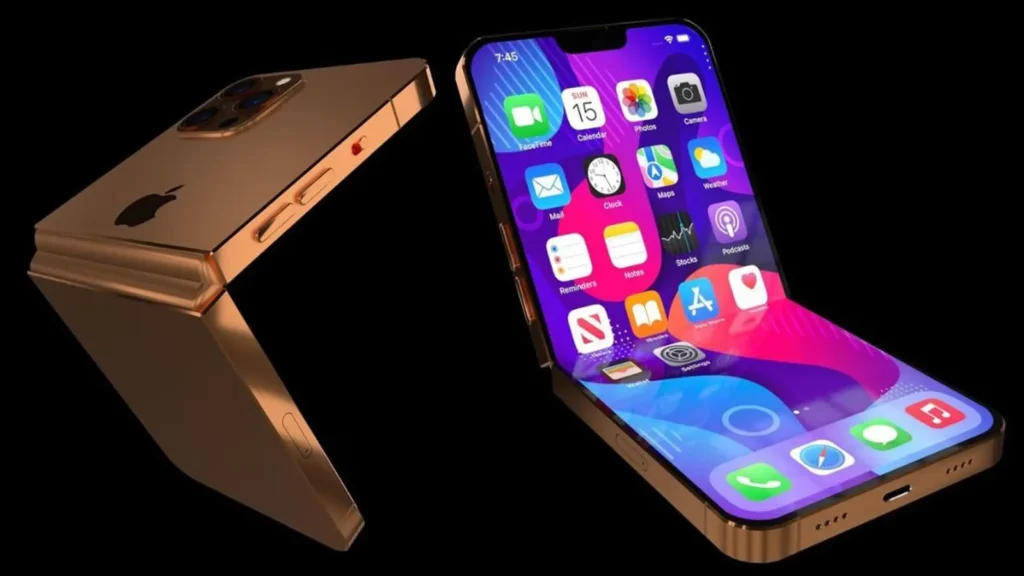
The idea of a foldable iPhone isn’t entirely new—rumors have been circulating for years. But as 2026 inches closer, these whispers are starting to feel more real. Apple’s rumored foldable phone, potentially called the iPhone 18 Fold, could be the company’s most innovative product yet.
What’s So Special About It?
If the leaks are true, the iPhone 18 Fold is expected to come with two screens:
- A 6.8-inch OLED display on the outside, perfect for everyday use.
- An 8.5-inch foldable OLED screen that unfolds into a tablet-like experience.
Apple is said to be using ultra-thin glass (UTG) and aerospace-grade aluminum for the phone’s build, which means it will likely feel as premium as it sounds. The hinge mechanism is another highlight—Apple reportedly wants it to fold smoothly without leaving noticeable creases, a challenge other brands haven’t fully solved yet.
Why Bigger Screens Matter
A foldable iPhone could appeal to people who love larger displays but don’t want to carry around a bulky device. Imagine having a phone that can unfold into a tablet for watching movies, editing photos, or multitasking. It’s like having two devices in one.
For someone like me, who prefers the compact size of the iPhone 16 Pro over the Pro Max, the idea of a foldable iPhone sounds intriguing. It offers more screen space without the permanent bulk.
Foldable iPads: The Next Big Thing
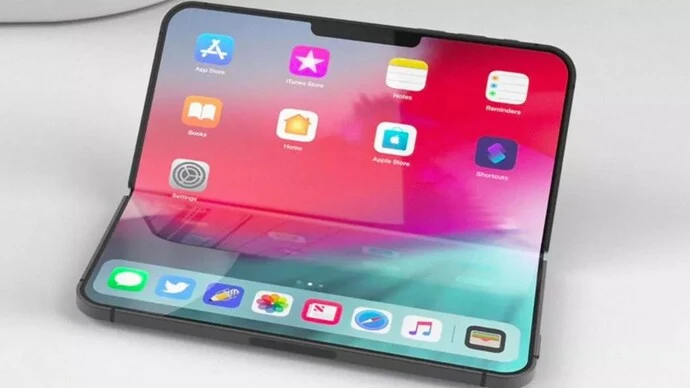
While the foldable iPhone has grabbed a lot of attention, Apple’s plans for foldable iPads are just as exciting. Rumors suggest that Apple is working on several models, including a foldable iPad mini and a massive 18.8-inch iPad Pro.
What to Expect from Foldable iPads
Apple has been slowly integrating OLED technology across its products, and foldable iPads are expected to take this to the next level. These devices might feature:
- Vibrant OLED displays for rich colors and deeper contrasts.
- Hinges designed for durability and smooth folding.
- Wrinkle-free screens that look like one seamless piece of glass.
For creative professionals and multitaskers, the larger foldable iPads could be a dream come true. The rumored 18.8-inch iPad Pro, for example, could provide enough screen space for advanced tasks like video editing or graphic design, all while remaining portable.
Why Foldable iPads Are a Big Deal
Foldable iPads could change how we think about tablets. Imagine carrying a device that folds down to fit in your bag but unfolds to offer desktop-level functionality. Whether you’re working on a big project or watching your favorite show, these devices could adapt to your needs.
What About the Price?
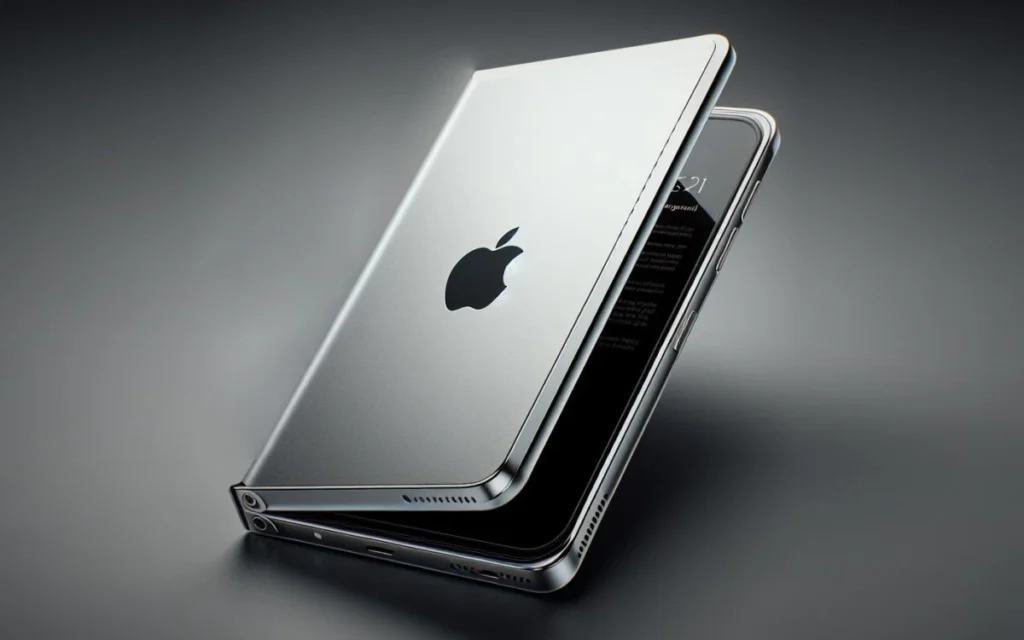
If you’re already thinking, “This sounds expensive,” you’re probably right. Apple’s foldable devices are expected to cater to the high-end market.
- The iPhone 18 Fold might start at around $2,500, putting it in direct competition with Samsung’s Galaxy Z Fold and Huawei’s Mate X series.
- The 18.8-inch iPad Pro could cost between $2,000 and $2,500, thanks to its advanced display and hinge technology.
- Smaller foldable iPads, like a foldable iPad mini or iPad Air, could be priced between $1,200 and $1,500.
While these prices are steep, Apple’s focus on premium quality and seamless integration with its ecosystem could make them worth the investment for many users.
Apple’s Edge Over the Competition
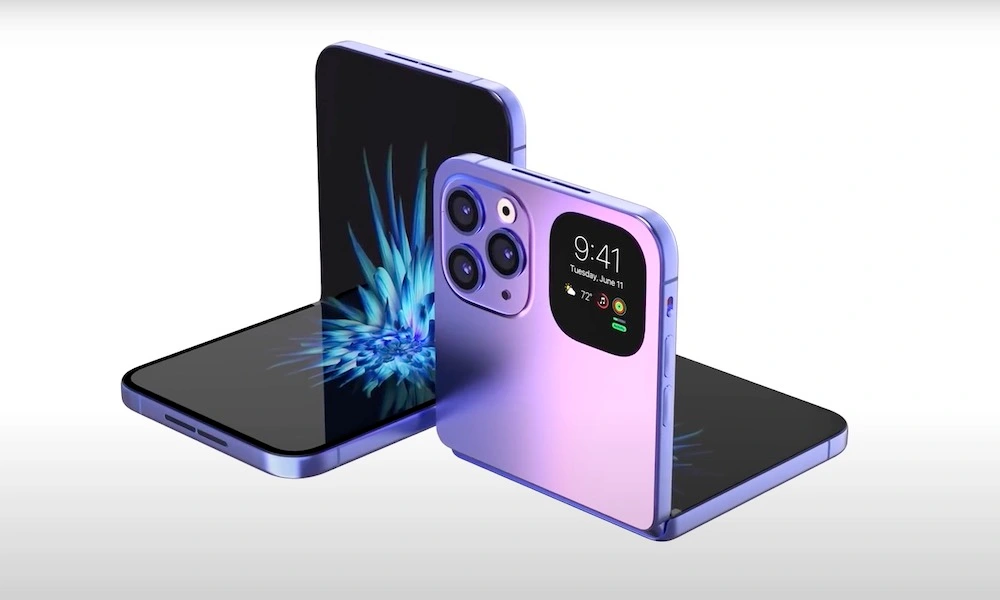
Let’s be honest—Apple isn’t the first to introduce foldable devices. Samsung and Huawei have been in this space for a while. But Apple has a reputation for taking existing ideas and perfecting them.
What sets Apple apart is its ecosystem. Imagine starting a project on your MacBook, tweaking it on a foldable iPad, and sharing it seamlessly to your foldable iPhones and iPads. This kind of integration is something no other brand has been able to match.
Potential Challenges
Of course, foldable devices aren’t without their challenges. Apple will need to address:
- Durability: Foldable screens are more prone to damage, so Apple’s materials and hinge design will have to be top-notch.
- Battery Life: Larger displays use more power, so ensuring all-day battery life will be crucial.
- High Prices: The premium price tags might make these devices out of reach for some users.
Why This Matters
Foldable devices aren’t just a new gadget—they’re a glimpse into the future of mobile technology. By introducing foldable iPhones and iPads, Apple isn’t just catching up with competitors; it’s aiming to redefine what foldable devices can do.
For tech enthusiasts, 2025 and beyond could be some of the most exciting years yet. Whether you’re dreaming of a foldable iPhone or a next-level iPad Pro, one thing’s for sure: Apple is once again raising the bar.
